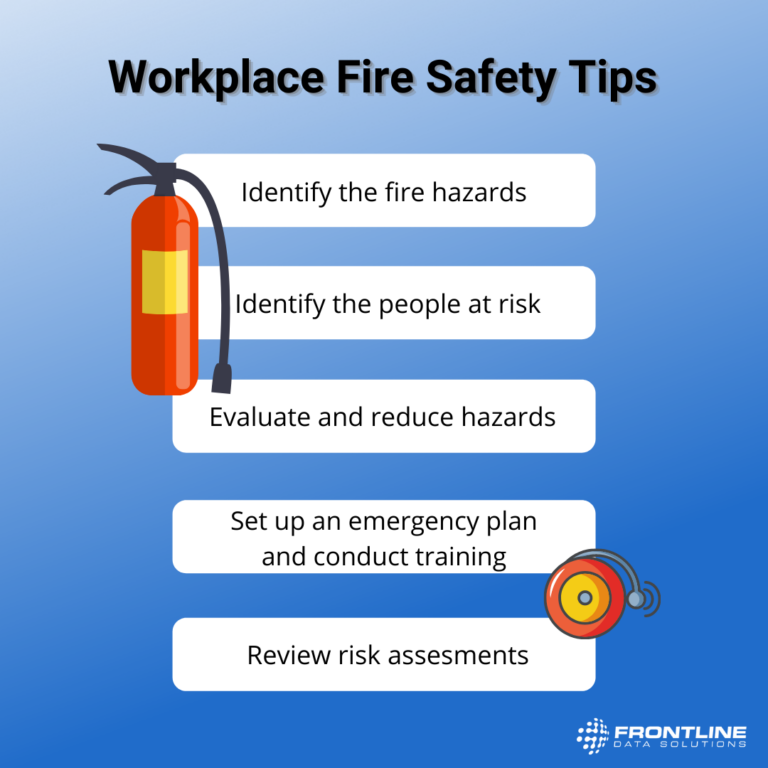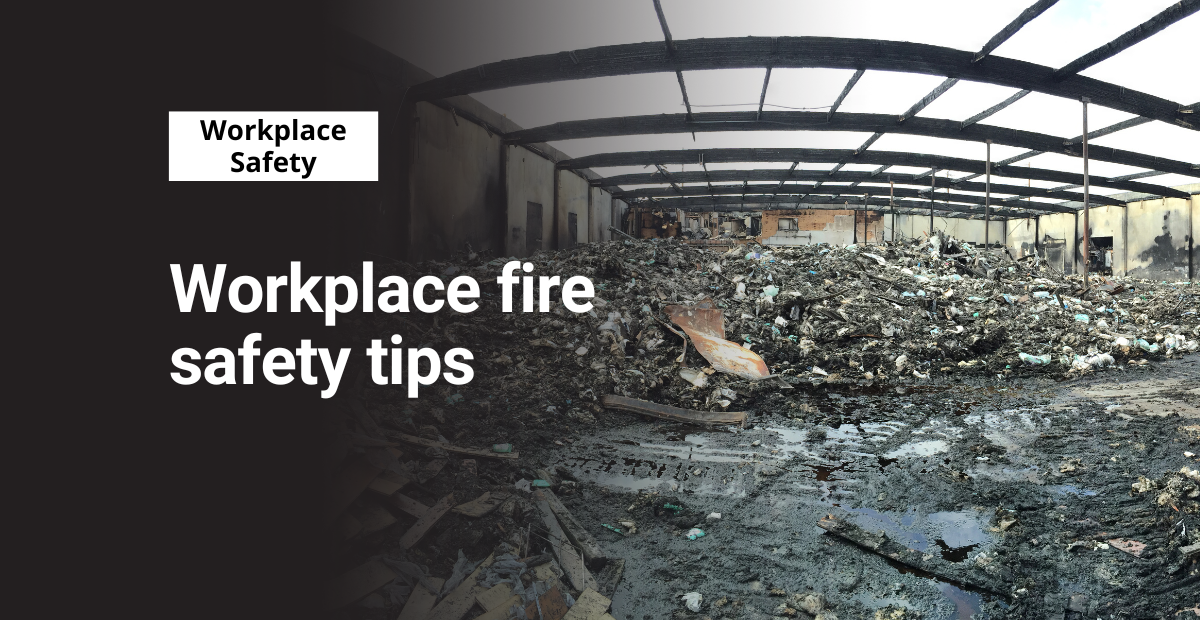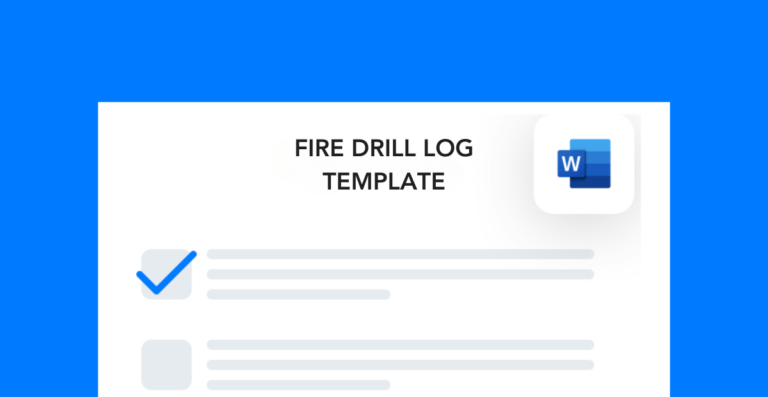Last week, we prepared a blog post on the biggest OSHA fines in history. It came as no surprise that the top 5 incidents, despite their industry, were all explosions. This leads to our topic for this week: workplace fire safety. According to OSHA, workplace fires and explosions kill 200 and injure more than 5,000 workers each year. Let’s take a look at a few more significant statistics when talking about workplace fire safety.

Fire stats
- 8% of all burns are work related and underline the need for workplace fire safety measures.
- Fires cost U.S. businesses more than $2.3 billion in property damage.
- Electrical fires account for 22% of workplace fires.
- 5 to 10 arc flash accidents occur every day in the U.S.
- 16% of all oil and gas fatalities are the result of exposure to fires and explosions.
Fires are among the biggest cause of casualties in the workplace, but being proactive and implementing a fire plan can significantly help reduce the risk. The most important thing to consider when creating a fire plan is to determine the likelihood of a fire.
Workplace fire safety tips
Fires are among the biggest cause of casualties in the workplace, but being proactive and implementing a fire plan can significantly help reduce the risk. The most important thing to consider when creating a fire plan is to determine the likelihood of a fire. The value of workplace fire safety becomes evident when confronting potential hazards.
Free Download
Download this free template to document your site’s fire drills for internal and external auditing purposes.
Identify the risks
A fire hazard may look different in each workplace. From the fire triangle, we know that the 3 sources of fire are ignition, fuel and oxygen. Identify areas that carry the risk of ignition such as electrical equipment, boilers, hot works processes, steam pipes, and other sources of heat.
Define the classification of fuels in your workplace and the type of fire extinguisher required.
- Class A fuels: Wood, paper, cloth, trash, plastics, or any solid combustible materials that are not metals
- Class B fuels: Flammable liquids like gasoline, oil, grease, acetone, or any non-metal in a liquid state, on fire
- Class C fuels: Energized electrical equipment that are plugged in
- Class D fuels: Metals, potassium, sodium, aluminum, and magnesium
- Class K fuels: Cooking fire involving combustion from liquids used in food preparation (greases or cooking oils)
And of course, fires only need about 16% of oxygen to burn. Trying to minimize oxygen flow in fires across large areas or plants isn’t feasible but for small fires, using dirt, sand, or non-flammable blankets is recommended. Make sure you are aware of any ventilation, air conditioning systems, or other sources of airflow in hazard-prone areas for better workplace fire safety.
If there’s a fire, of course, everyone is at risk. But it’s critical to know who is in and around the premises, who among your staff work alone or in isolated areas, requires extra care such as elders or workers with special needs, or is new to the facility. Keeping continuous track of this information will simplify your evacuation plan and processes in the case of an emergency.
Construction & Maintenance, and Blue Water Solutions.
Evaluate and reduce risks for workplace fire safety
Removing fire hazards isn’t always easy, but there are preventative steps you can take. Make sure not to use any damaged electrical cords or tools and to not overload circuits. Equipment maintenance and safe chemical usage and storage are also important factors in preventing fire hazards. Keeping your work area clean from dust and debris may sound like basic housekeeping, but as we can see from the Imperial Sugar Company dust explosion, keeping dust from building up in the workplace can be a matter of life and death. Ensuring proper workplace fire safety protocols can help prevent such disasters.
Use PPE when in contact with fire hazards such as but not limited to flame-resistant gloves, jackets, and pants. OSHA states that if fire hazards are present or likely to be present, employers should provide workers with the proper PPE.
Prepare a workplace fire safety emergency plan and training
Not all employers are required to create an emergency plan, but surely there are more things to gain than lose in having
So what does an emergency plan look like?
- Have a preferred method for reporting fires and other emergencies.
- Make sure evacuation policy and procedures are in place.
- Determine route assignments, such as floor plans, workplace maps, and safe or refuge areas.
- Keep all names, titles, departments, and telephone numbers of individuals both within and outside your company to contact for additional information or explanation of duties and responsibilities under the emergency plan;
- Create procedures for employees who remain to shut down or perform critical plant operations, operate fire extinguishers, or perform other essential services that cannot be shut down for every emergency alarm before evacuating; and
- Establish rescue and medical duties for any workers designated to perform them.
If regulators require you to have an emergency plan, you have to provide the necessary training regarding workplace fire safety to your workers. Basic training for employers, employees, management, or engineers includes hazard communication, handling of materials, fire detection and prevention requirements, fire extinguishers, and more. Conducting periodic evacuation drills and fire extinguisher inspections can also help reinforce the steps and actions that you need to take.




